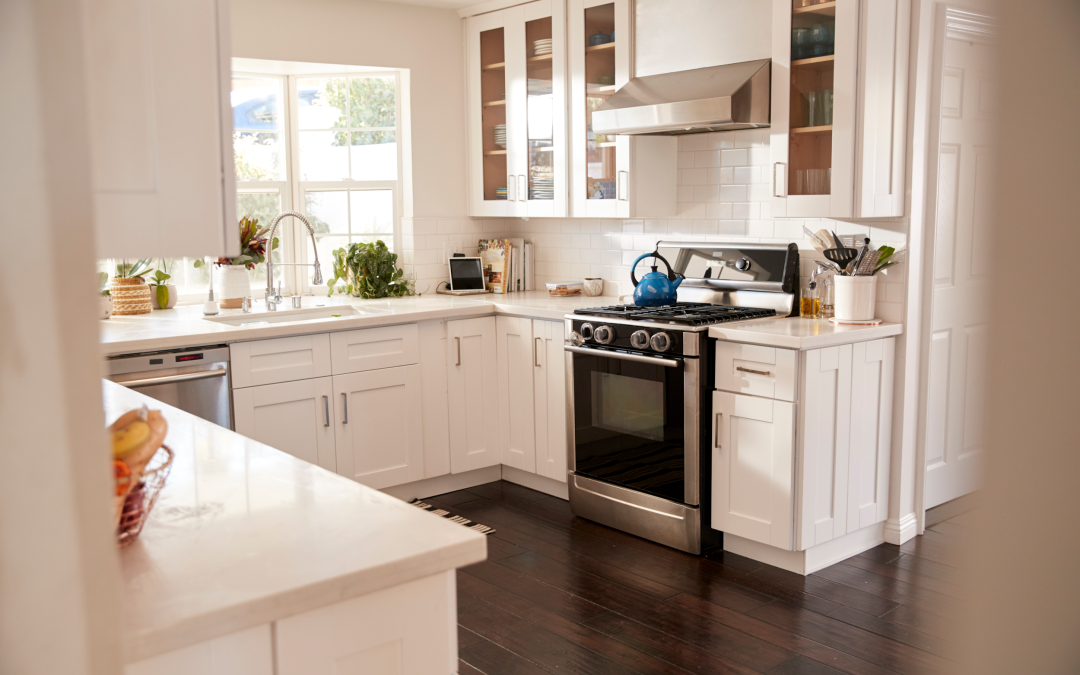Introduction
Buildings insurance is essential for protecting your home, but does it include your kitchen? Understanding how kitchen covered in buildings insurance works can help clarify what’s protected, from structural elements to accidental damage. Let’s explore the details.

What Is Buildings Insurance?
Definition and Purpose
Buildings insurance is a type of home insurance designed to cover the structure of your home. This includes the walls, roof, floors, and other permanent fixtures. Essentially, it protects your home’s physical framework from unforeseen events like fires, floods, or storms.
Key Components Covered by Buildings Insurance
Typically, buildings insurance covers:
- Structural elements like walls, ceilings, and roofs.
- Permanent fixtures such as plumbing, wiring, and built-in cabinets.
- Damage caused by natural disasters or accidents.
Distinction Between Buildings and Contents Insurance
Buildings insurance differs from contents insurance, which covers personal belongings. For instance, your kitchen cabinets may be included under buildings insurance, but your movable toaster or blender falls under contents insurance.
Is Your Kitchen Considered Part of the Building?
Structural Elements of a Kitchen
Your kitchen is generally considered part of your building, especially its structural components like walls, floors, and fixed installations. Features such as countertops, fitted cabinets, and plumbing are also included.
Fixed vs. Moveable Items
Built-in appliances like ovens and dishwashers are typically covered by buildings insurance, whereas freestanding appliances may require contents insurance.
What Aspects of Your Kitchen Are Typically Covered?
Damage to Structural Elements
Buildings insurance often covers damage to structural elements of your kitchen, including:
- Fire damage to cabinets or countertops.
- Flood-damaged flooring or walls.
- Repairs after natural disasters like storms or earthquakes.
Accidental Damage Coverage
Some policies include accidental damage, but this is often optional. For instance, a dropped object cracking your countertop might be covered if you have this add-on.
What May Not Be Covered?
Wear and Tear
Gradual wear and tear, such as aging countertops or fading cabinets, is not covered under standard policies.
Negligence and Poor Maintenance
Issues caused by neglect, such as mold from an unrepaired leak, are also excluded.
Uninsurable Events
Some events, like pest infestations or damage from gradual settling, are often not covered.
Situations That Might Require Additional Coverage
Renovations and Upgrades
If you’re renovating your kitchen, inform your insurer. Failing to do so could leave new installations uncovered.
Luxury Kitchen Installations
High-end finishes or bespoke kitchens may require additional coverage due to their higher value.
How to Verify Your Kitchen’s Coverage
Reviewing Your Policy Details
Carefully read your policy documents to identify what’s included under buildings insurance.
Speaking to Your Insurer
Contact your insurer for clarity on specific items or scenarios. They can help ensure your kitchen is adequately protected.

Steps to Take if Your Kitchen is Damaged
Documenting the Damage
Take photos and keep records of the damage for your claim.
Filing a Claim
Contact your insurer immediately and provide the necessary documentation.
Working With Adjusters
Collaborate with insurance adjusters to assess the damage and process your claim.
Tips for Ensuring Your Kitchen is Fully Covered
Regular Policy Updates
Update your policy regularly to reflect renovations or new additions.
Maintaining Your Kitchen
Regular maintenance, such as checking for leaks or cracks, can prevent issues that might void coverage.
Adding Extensions or Specialized Coverage
Consider add-ons for accidental damage or luxury upgrades to ensure full protection.
Conclusion
In most cases, your kitchen is covered under buildings insurance as part of the home’s structure. However, exclusions like wear and tear, negligence, or unreported renovations can leave gaps in coverage. Regularly reviewing your policy and maintaining your kitchen can go a long way in ensuring your peace of mind.
FAQs
Is a leaking pipe in the kitchen covered?
Yes, if the leak causes sudden and accidental damage, it’s typically covered. However, long-term leaks due to neglect may not be.
Are freestanding kitchen appliances included?
No, freestanding appliances are generally covered under contents insurance, not buildings insurance.
Does insurance cover accidental damage to my countertop?
Only if you’ve added accidental damage coverage to your policy.

